
Highlights
Palace buildings such as Forbidden City (China) and Kyng-bokkung (South Korea). Its magnificent appearance is gorgeous. Due to the influence of drama and music, there is also a growing interest in Chinese and Korean culture. On the other hand, there is little opportunity to learn about the artisans who support the architectural culture of China and Korea and their "manufacturing spirit".
In this exhibition, three masters representing each country in Japan, China and South Korea. Forbidden City, Kyng-bokkung, and Yakushi-ji Temple are the highest artisans related to architecture that represent East Asia. In this exhibition, powerful architectural models, carpentry tools, blueprints, etc., created by the ridges, will come together across the sea, highlighting each of the highlights of the arms. In addition, while interweaving the words of the masters, we approach the spirits of the masters that have been handed down in Japan, China and South Korea, and create a place where the skills and hearts of the masters of the three countries can interact.
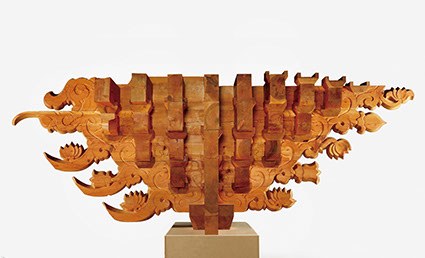
A model of Shunin-ji Temple Daisoshiden structure (Uoba)

China has led the architectural culture of East Asia. Among them, the Forbidden City in Beijing boasts the highest scale and design. The National Palace Museum inherits the building, has a repair organization, and conveys the skills of the craftsmen who built the Forbidden City. Here, we will introduce the design and architectural techniques that created Forbidden City through the work of Lee Eigau, who has been working on repairing the building of the palace since the 1970s.

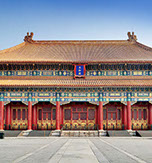
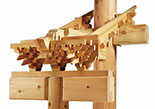
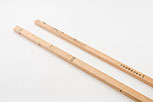
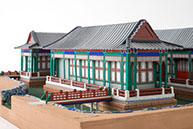
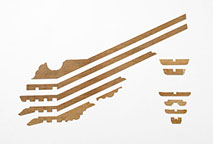
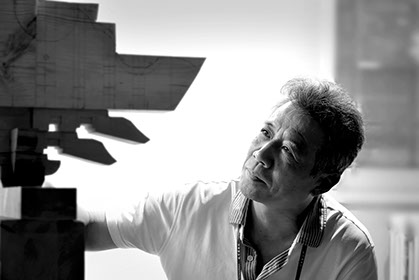
Li Ei Leather
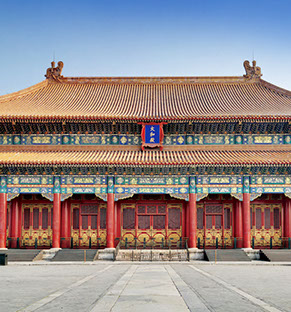
Taiwaden, Forbidden City
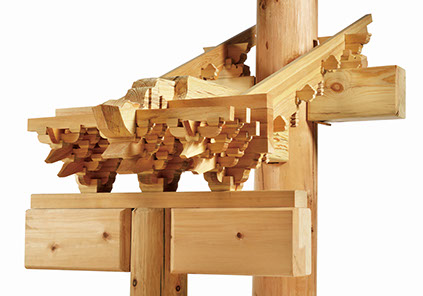
Forbidden City Tawaden Gumimono (Tou) model
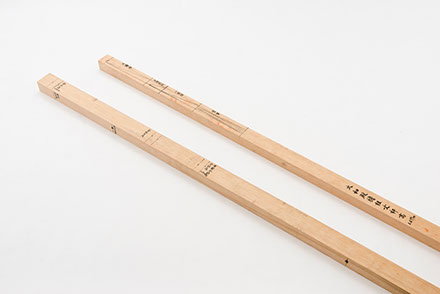
Length band
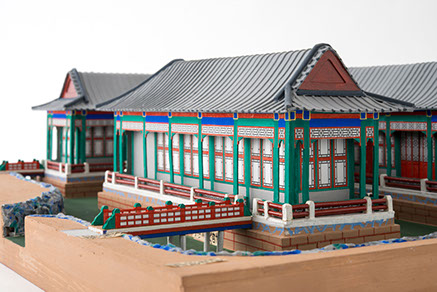
Awa Myoen Mankata
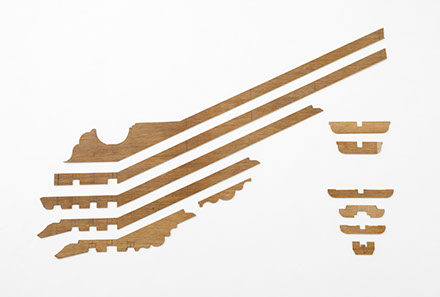
Templates (like boards) for tail rafters and elbows
Lee Eikaku was born in 1955. He entered the National Palace Museum in 1975, and since 2000 he has been working on repair and restoration projects within the National Palace Museum as the chief of the Koken Repair Center (currently the Department of Repair and Crafts).

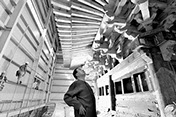
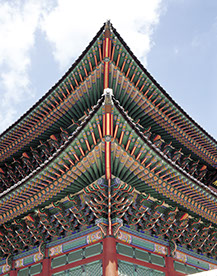
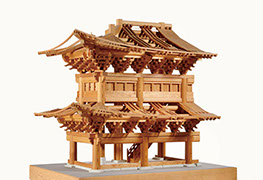
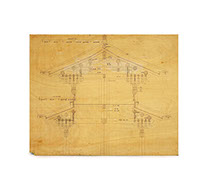
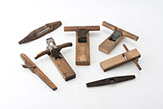
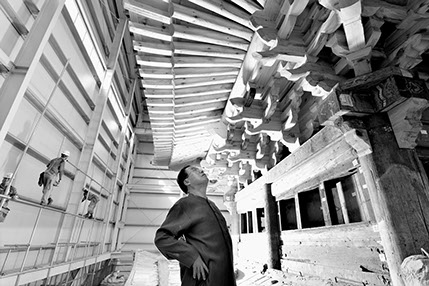
Hide Sarutaka

Keifuku-gu Kinseiden
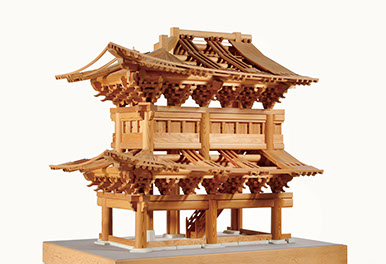
Takashi Reimon structure model
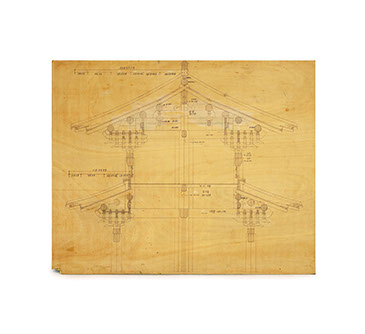
Takashi Reimonita-zu
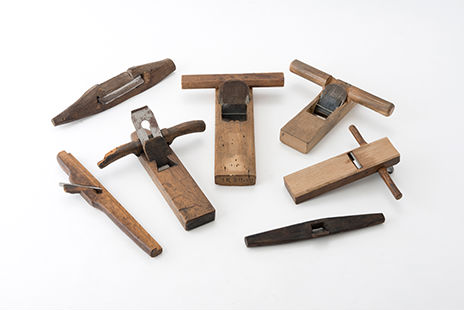
Various planes
In 1962, he participated in the demolition and repair of Takashi Reimon (Namdaemun) in Seoul and wanted to become a master of Oki in earnest, and in recent years Korean palaces such as Changqinggu, Changdegu, Kyng-bokkung, etc. He is a representative Oki craftsman of Korea. We will introduce Korean architectural techniques that have developed differently from Japan while learning from China through the full-size braid model of Osako power with brilliant braid sculptures, structural models, and architectural rituals.
Shin Uns (born in 1941) At the age of 17, he went on the carpenter's road, and in 1975, he worked as Oki Takumi for the first time in the restoration work of Suweon Hua Castle Choanmon. Designated as Important Intangible Cultural Property No. 74 in 1991.

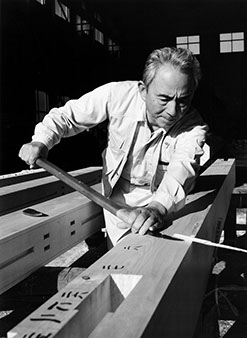
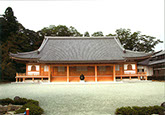
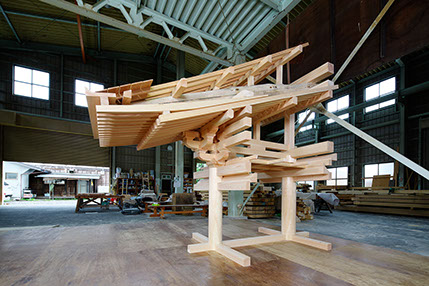
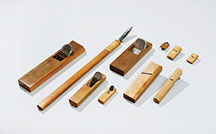
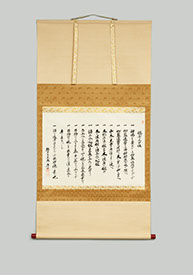


Mitsuo Ogawa
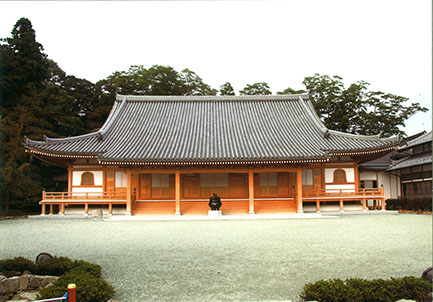
Teramoto, Nagaizumi-do Hall

Yakushi-ji Temple's Toin-do model
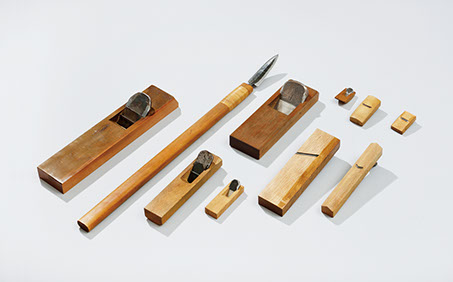
Various planes and yariganna

Jirinji Koguchiden

Yogenji Temple Sanmon Design Map
Mitsuo Ogawa, the only disciple of Tsunekazu Nishioka ridge master of Horyuji Temple, has worked on many towers while learning from the teacher's teachings and old craftsmen. In this exhibition, a new model of Yakushi-ji Temple Toin-do, selected by Mr. Ogawa as embodies the beauty and structure of Japan, is produced. Please see the beauty of Japanese architecture, which is different from China and Korea.
Mitsuo Ogawa, born in 1947. At the age of 21, he became a disciple of Tsuneichi Nishioka, and served as vice-leader in the reconstruction of Horin-ji Temple three-storied pagoda, Yakushi-ji Temple Kondo, and Saito. In 1977, he established Rikikosha and built temple towers in various places.
At the venue, three video works produced in conjunction with this exhibition will be screened.
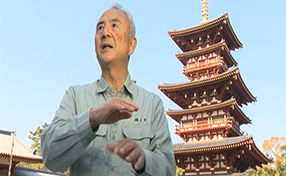
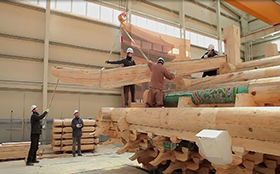
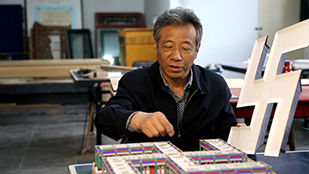
Kan-shiki Kokei-zukuri techniques: techniques that are handed down to the Imperial Palace
Approximately 20 minutes, produced in 2014
Bringing 1000 Years of Life – Takumi Oki of Korea
Approximately 21 minutes, produced in 2014
miyadaiku talks about the beauty and skills of Japanese architecture
Approx. 18 minutes, produced in 2014
We sell catalogs at the venue.
We also accept sales by mail. Click here for more information.
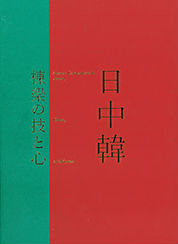
Books
Japan, China and South Korea
−The skills and heart of the master−
1,000 yen / 1 copy
B5 size
192 pages
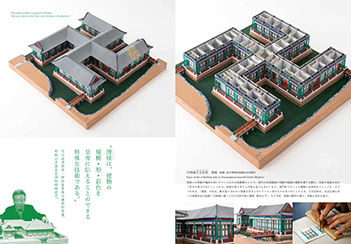
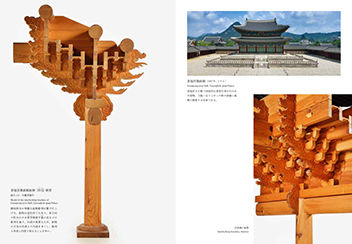
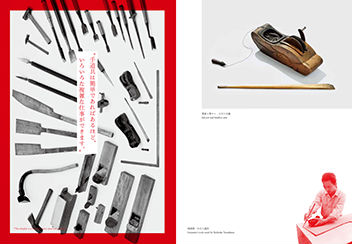
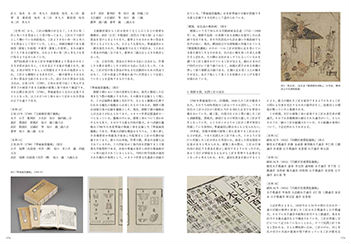
Contents
Greetings
Japanese architectural technology and design - Keisuke Fujii from comparison with China and South Korea
Pictures and illustrations
[Chinese master Oki]
Li Ei Leather - The technique of building a palace inherited by the Imperial Palace
Explanation of the finest tree
[Oki Takumi of Korea]
Shintaka Hide - Reviving the Beauty of Korea Palace
The ceremony of the upper ridge
[Japanese leader]
Mitsuo Ogawa - conveying the skills and hearts of ancient artisans
Comments
Official-style arts and crafts of the Imperial Palace of Beijing, Ogi (Oki) of the Imperial Palace of Beijing - Kosaku (an ancient architecture)
Chinese Traditional Chinese Types and Characteristics of carpentry tools
Korean Palace architecture and Oki Takumi - Thousand Years of Tree to Build a Thousand Years of Palace - Shintaka Hide
History of Oki Takumi in the Korean Dynasty Tokyoku Kin
Korea's traditional architecture tool Li Wang Gui
Carpenter and Carpenter Tools of the Edo period Kazuo Nishi
Outline of the event / Video work / Reference
Takenaka Carpentry Tools Museum | Home | Highlights | Event | Venue Information | Contact | Press Releases
Copyright 2014 TAKENAKA CARPENTRY TOOLS MUSEUM. All rights reserved.